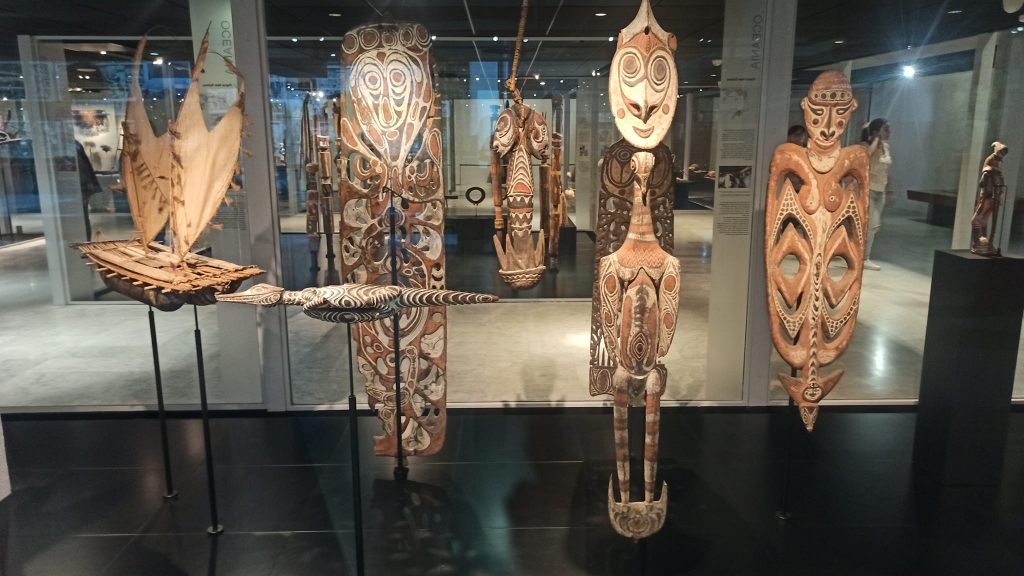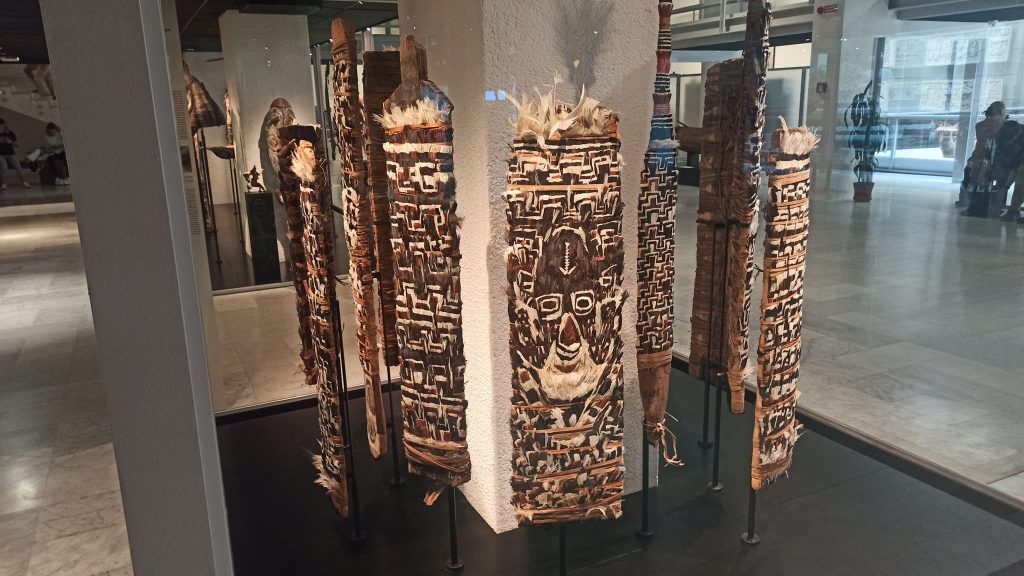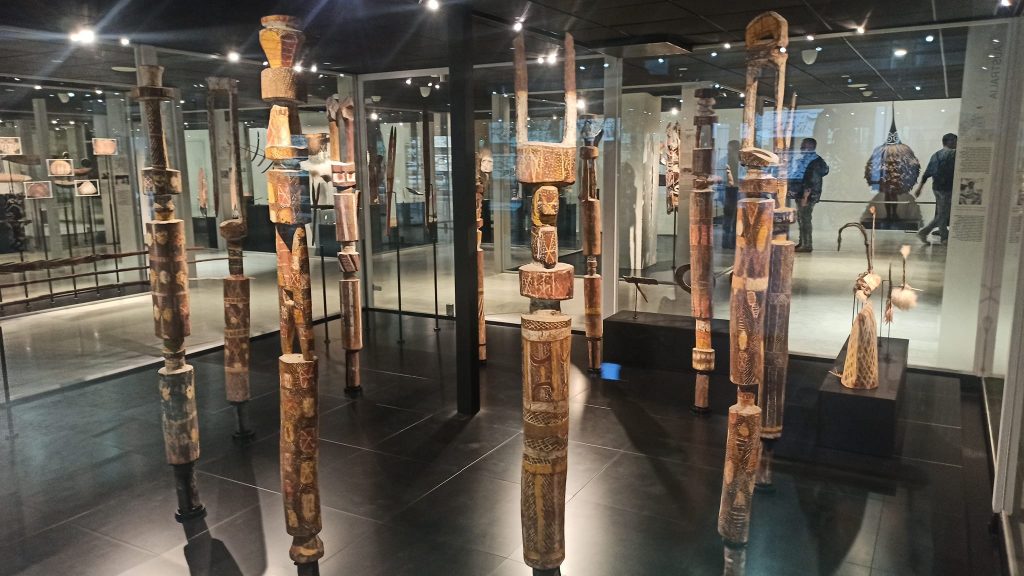October 18th, Vatican Museums. I hadn’t been here in nearly two decades, and it was a joy to explore it again.
The Vatican Museums are a vast collection, housing the Pinacoteca, Egyptian, Assyrian, Etruscan, Early Christian, and even an Ethnographic Museum in the basement. I was fortunate enough to visit the Ethnographic Museum this time, though some of the most fascinating sections were unfortunately closed for renovation.
Like many other world-renowned museums, the Vatican Museums’ story began quite humbly. In their infancy, these museums could only boast of acquiring a single sculpture, the iconic “Laocoön and His Sons.” This ancient statue was unearthed in 1506, when Pope Julius II commissioned some of the most celebrated Renaissance artists to work on it. With an eye for artistic brilliance, the Pope swiftly acquired this marble masterpiece and, within a month, in February 1506, unveiled it to the public.
Inspired by the example of one of the greatest patrons of the arts, his numerous successors on the papal throne continued his work, actively enriching the collections with new works. Over time, this led to the creation of a magnificent museum, whose collection numbers over 70,000 exhibits, of which more than 20,000 are on permanent display. Initially, the entire collection was housed in the chambers of the Apostolic Palace of the Vatican (Rome, Italy), but in the early 1930s a special building was built, known as the Vatican Pinacoteca.
There will be many photos.


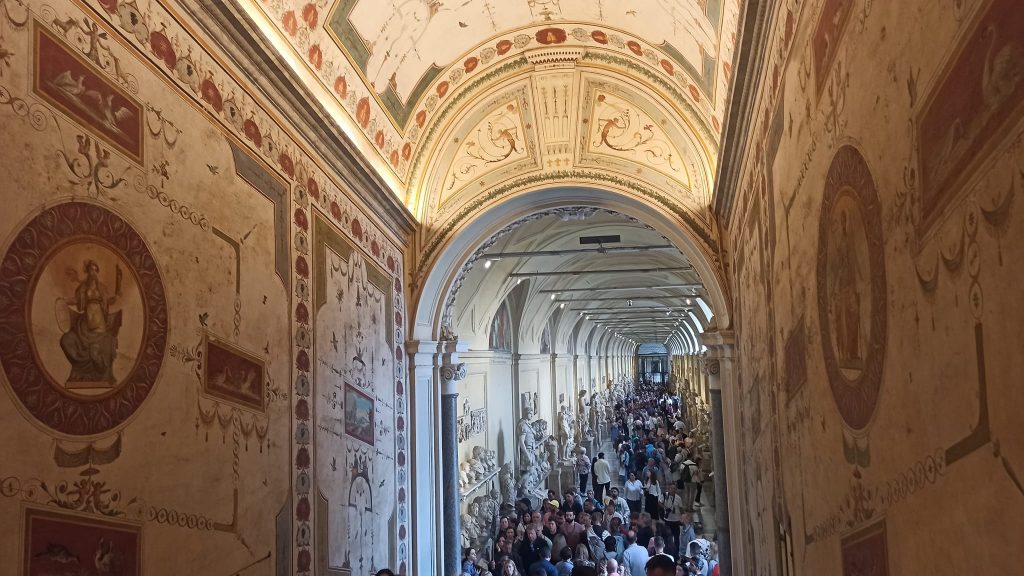



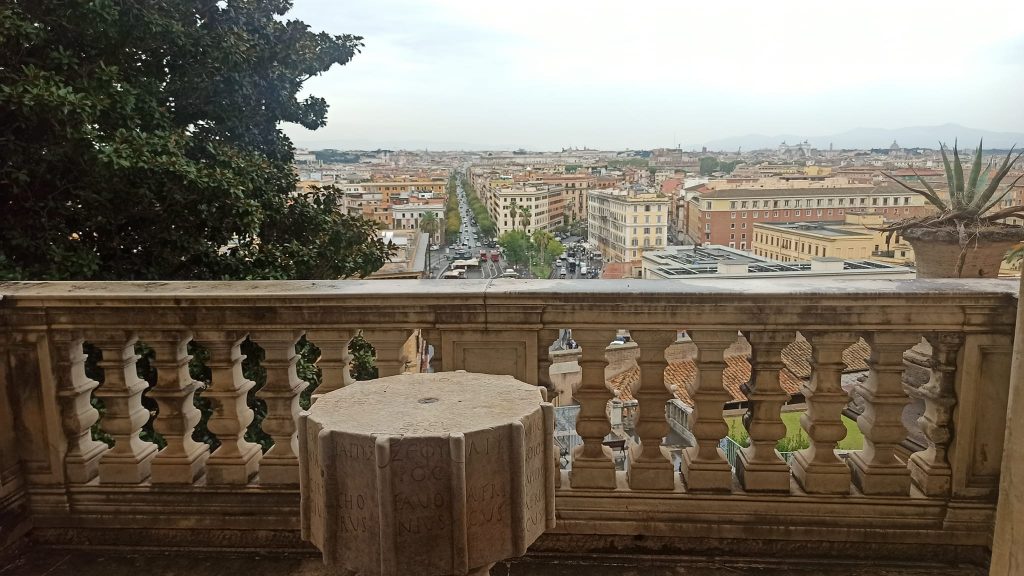
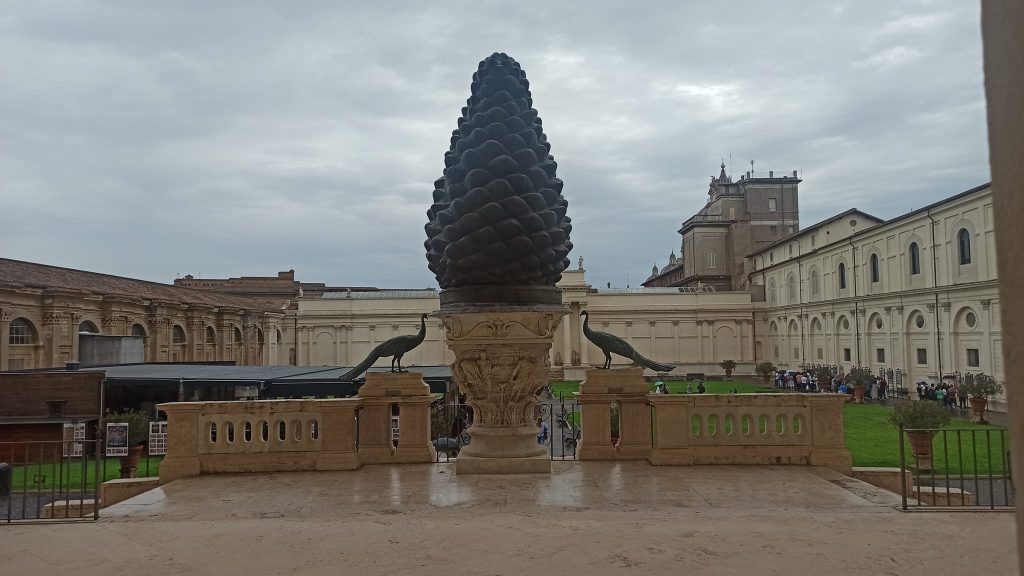






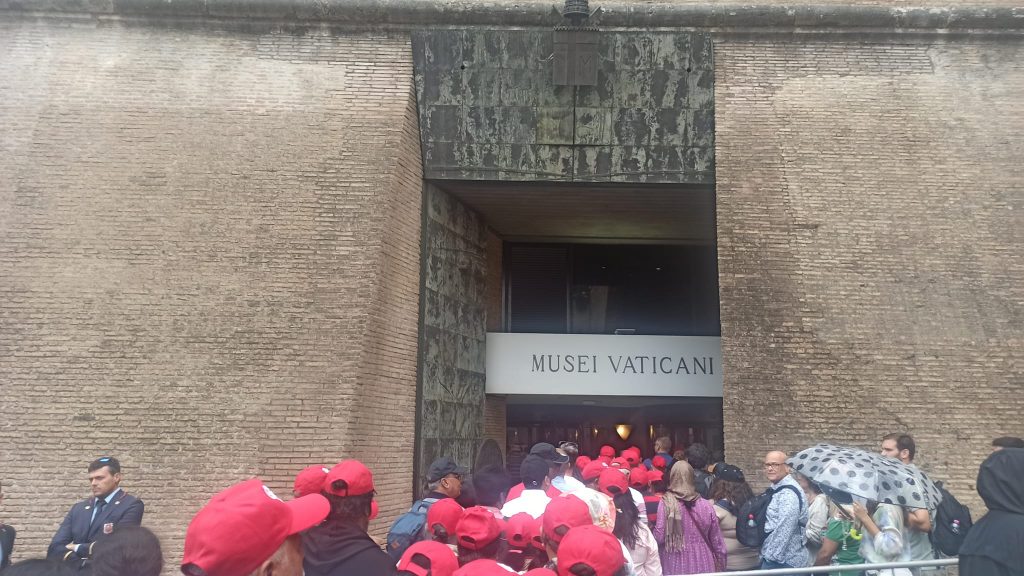

A journey through time begins in the first halls, where you’ll encounter the artistry of ancient Rome and Greece through their sculptures.


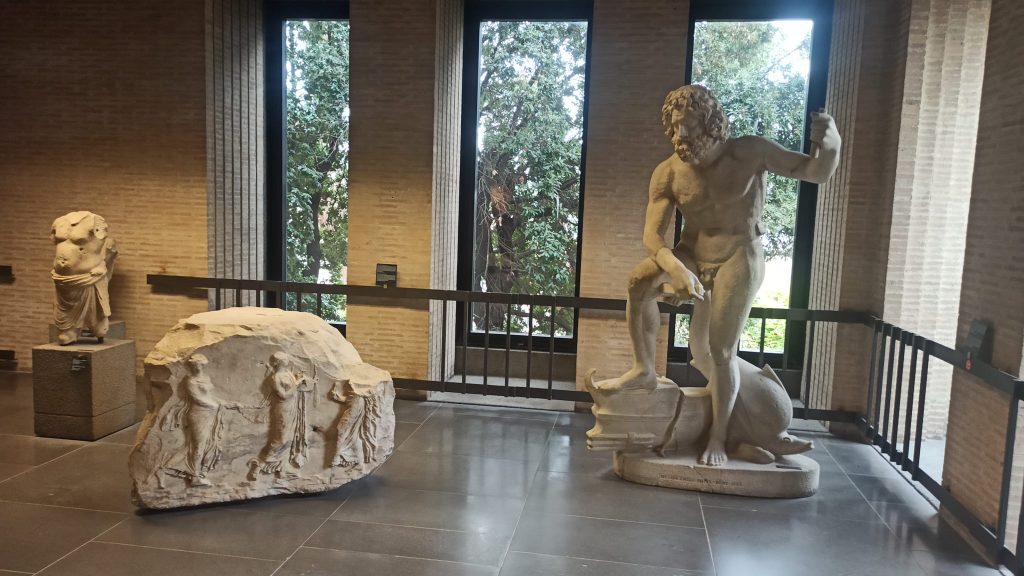




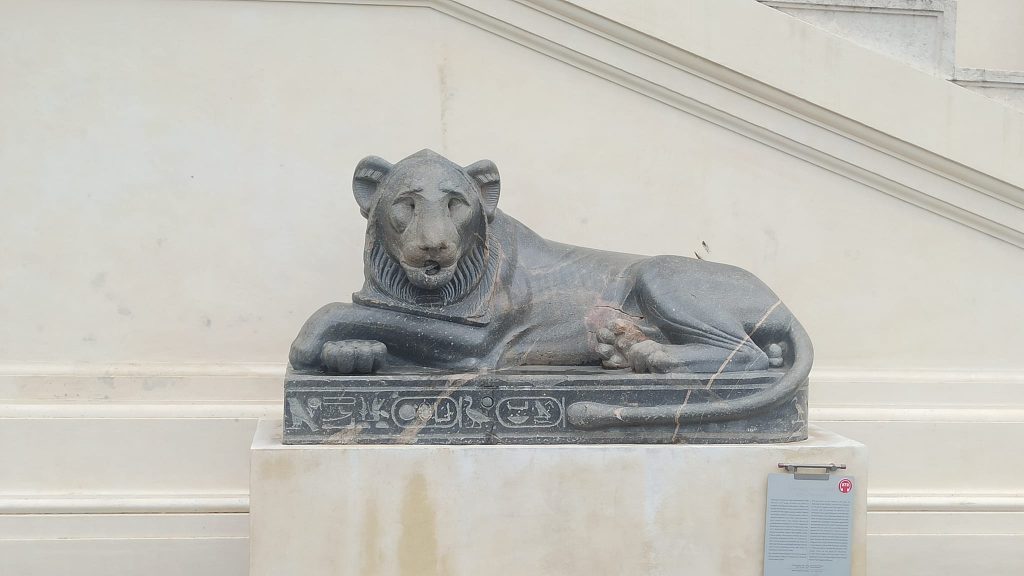




The Vatican Pinacoteca is home to an impressive collection of paintings by Old Masters.



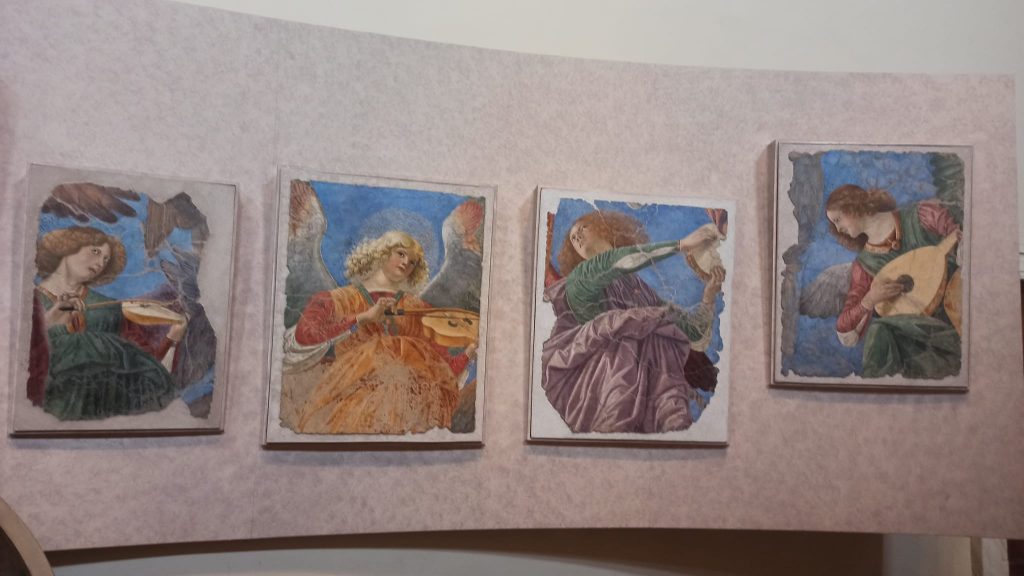
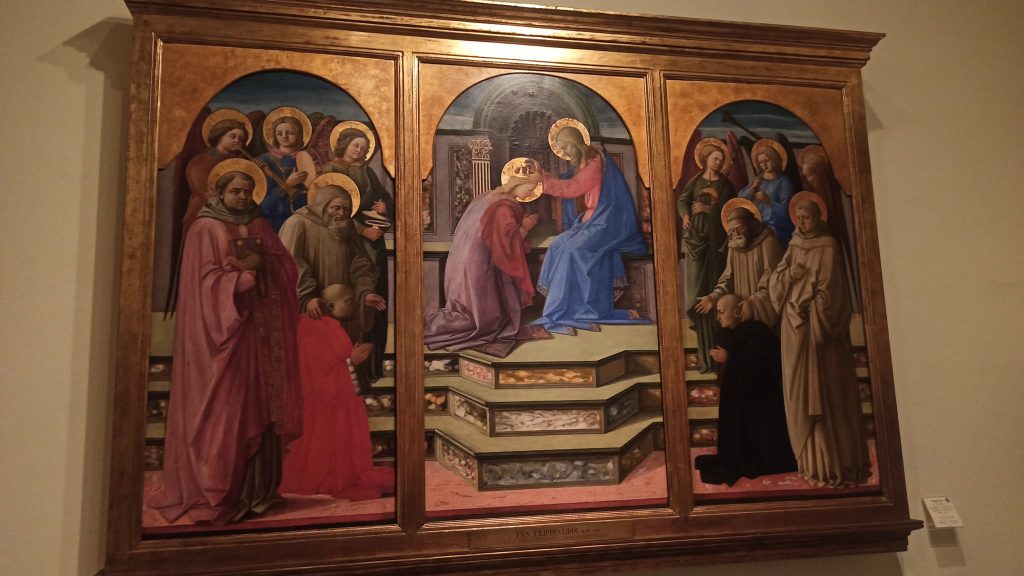




Continuing my exploration of the Vatican Museums, I traverse the grand corridors that lead to the revered Sistine Chapel. Photography is strictly forbidden within this sacred space, yet the journey itself is an immersive experience. Along the way, I pass by the Hall of Maps, adorned with intricate cartographic masterpieces, and encounter other breathtaking sights that underscore the Vatican’s rich artistic heritage. Each step in this architectural labyrinth brings us closer to the Sistine Chapel, a testament to human creativity and a beacon of Renaissance art.
The Borgia Apartments with Pinturicchio’s frescoes near the Sistine Chapel were a particular highlight.
The Borgia Apartments, located a floor below the famous Raphael Stanze, served as the personal residence of Pope Alexander VI (Rodrigo de Borgia). In the late 15th century, this part of Nicholas V’s palace was remodeled to accommodate the pope, and in the 1490s, it was decorated with frescoes by Bernardino Pinturicchio and his workshop.
After the death of Alexander VI, Pope Julius II abandoned these chambers, and they remained largely neglected for a long time. It was not until 1816 that, at the behest of Pius VII, paintings were installed here, returned from Paris after the fall of Napoleon. Under Leo XIII, the apartments were restored and opened to the public.








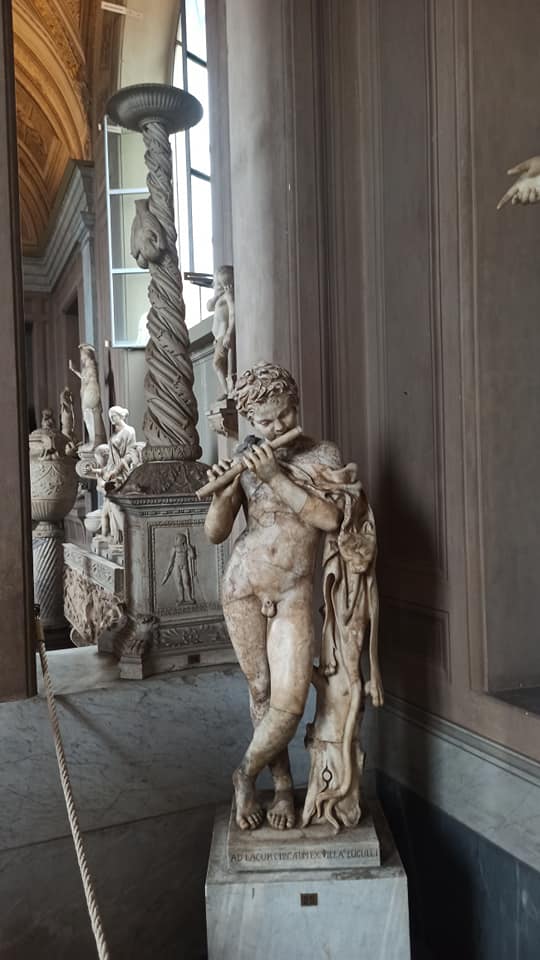



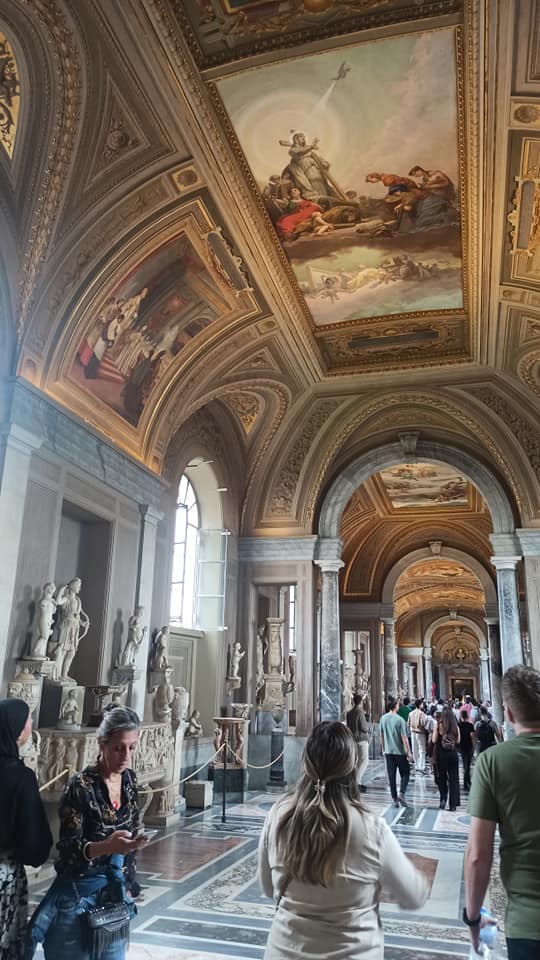
Another, final batch of photos from the Vatican Museums – the Ethnology Museum in the basement. Unfortunately, most of the Latin American exhibition was closed for inventory. But that’s okay, I had enough impressions in the Vatican that day. Tomorrow I’m going to Naples.
